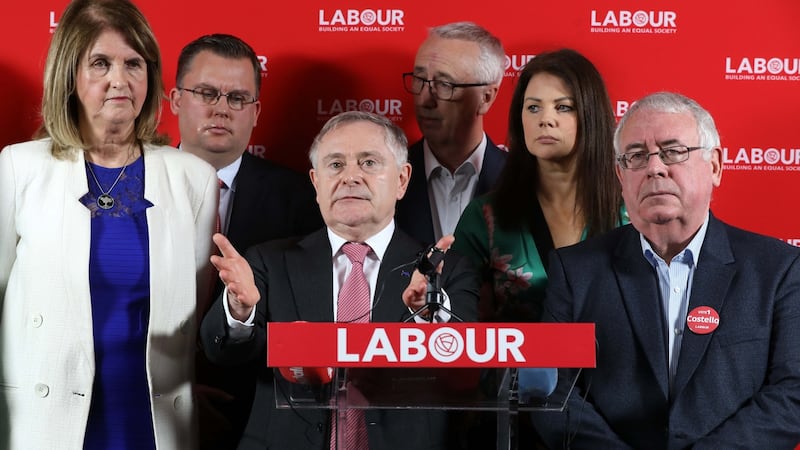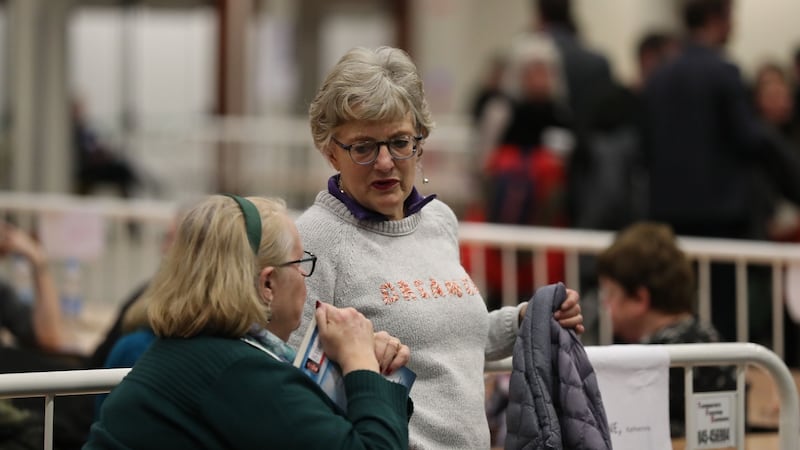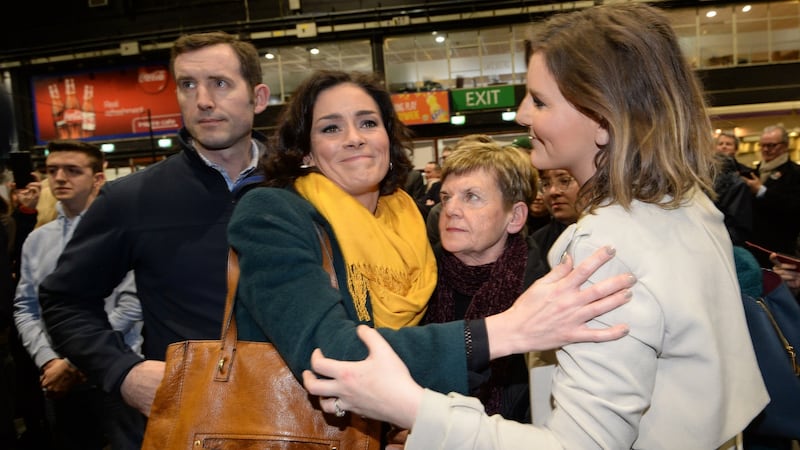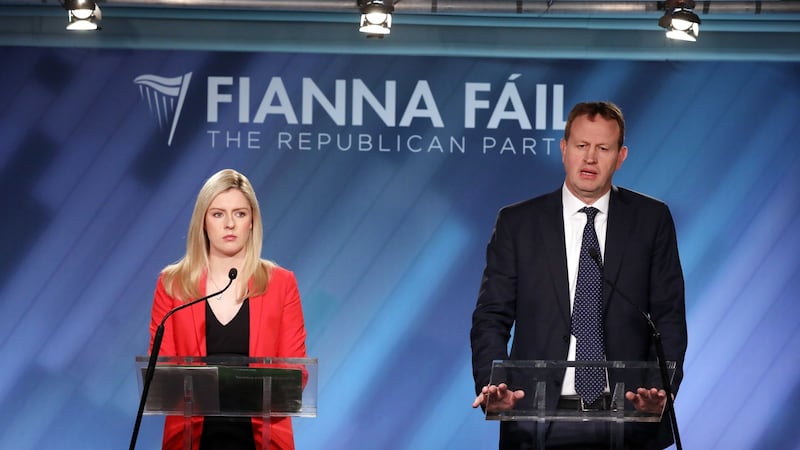Election 2020 has been touted as a vote for change but has done little to increase female representation in the Dáil, Women for Election chief executive Ciairín de Buis has said.
She said the Irish political system was so far behind those of others countries that one of its successes this time around was that for the first time every constituency had a female candidate.
While all the counts have not yet been completed it looks like “in or around” the same number of women will be elected as in 2016 when a record 35 female TDs, 22.3 per cent of the seats in the Dáil, were elected.

By Monday evening, when 31 women and 102 men had been elected, Women for Election predicted a 1 per cent rise in female representation.
The independent organisation supports and trains women across the political spectrum for electoral politics.

Lost seats
However, a significant number of high-profile women have lost their seats including including Minister for Social Protection Regina Doherty, Minister for Children Katherine Zappone, Minister of State for Health Catherine Byrne and Minister of State for Higher Education Mary Mitchell O’Connor.
High-profile casualties also include former Labour tánaiste Joan Burton, former minister for housing Jan O’Sullivan, Fine Gael’s Kate O’Connell, Solidarity TD Ruth Coppinger and Fianna Fáil’s Lisa Chambers, Fiona O’Loughlin and Margaret Murphy O’Mahony.
The Labour Party fielded nine female candidates out of 31 and will have no woman TD in the next Dáil.

Ms de Buis said that while the outcome is disappointing “it was inevitable given the lack of women put forward for election by the three large parties”.
A third of Sinn Féin’s 42 candidates were female, while women accounted for 31 per cent of Fianna Fáil’s candidates and Fine Gael fared worst with woman accounting for just 30 per cent of its candidates.
Ten constituencies
The National Women’s Council of Ireland (NWCI) described the general election as a missed opportunity for gender equality. Orla O’Connor, director of the council, pointed to at least 10 constituencies being without female representation: Meath West; Dublin West; Cork East; Cork North West; Cork North Central; Donegal; Limerick County; Tipperary; Limerick City; and Dublin Bay South.

“Parties need to develop candidate selection processes that look to outside traditional networks like the GAA,” she said.
Ms O’Connor said that “in rural areas, women made up just 22 per cent of candidates as opposed to 44 per cent in urban areas”.
Ms de Buis said the larger parties could learn from their smaller counterparts who had a much more balanced line-up.
More than 50 per cent of Social Democrat candidates were women (11 out of 20), while 40 per cent of Green candidates were female.

Social Democrats co-leader Catherine Murphy said that “sometimes when you have a 50:50 dynamic you have a different culture”.
She added that incumbency is a difficulty and often the female candidate is second on the ticket.
Fine Gael said it had done more than any other party to promote women in politics by establishing gender quotas and by having the highest ever number of female cabinet ministers. A spokeswoman said the party also has the highest number of female candidates in this election.
Fianna Fáil and Sinn Féin have been contacted for a response to the figures.
The last election was the first with gender quotas where at least 30 per cent of candidates had to be female or else a party’s State funding could be cut by 50 per cent. The target will rise to 40 per cent in 2023.
However, Ms de Buis said said the large parties regarded the 30 per cent figure as a target rather than a minimum requirement.















